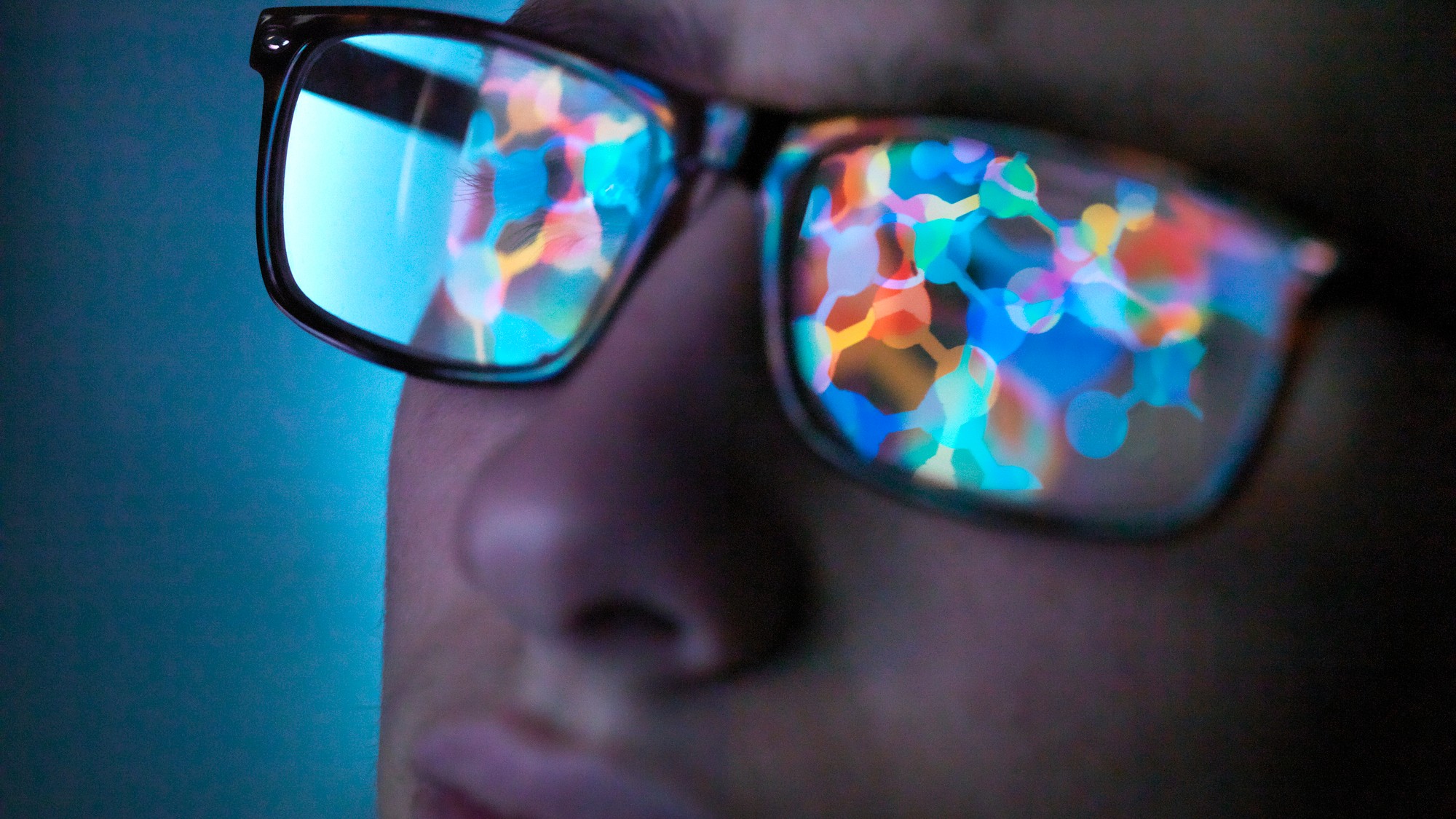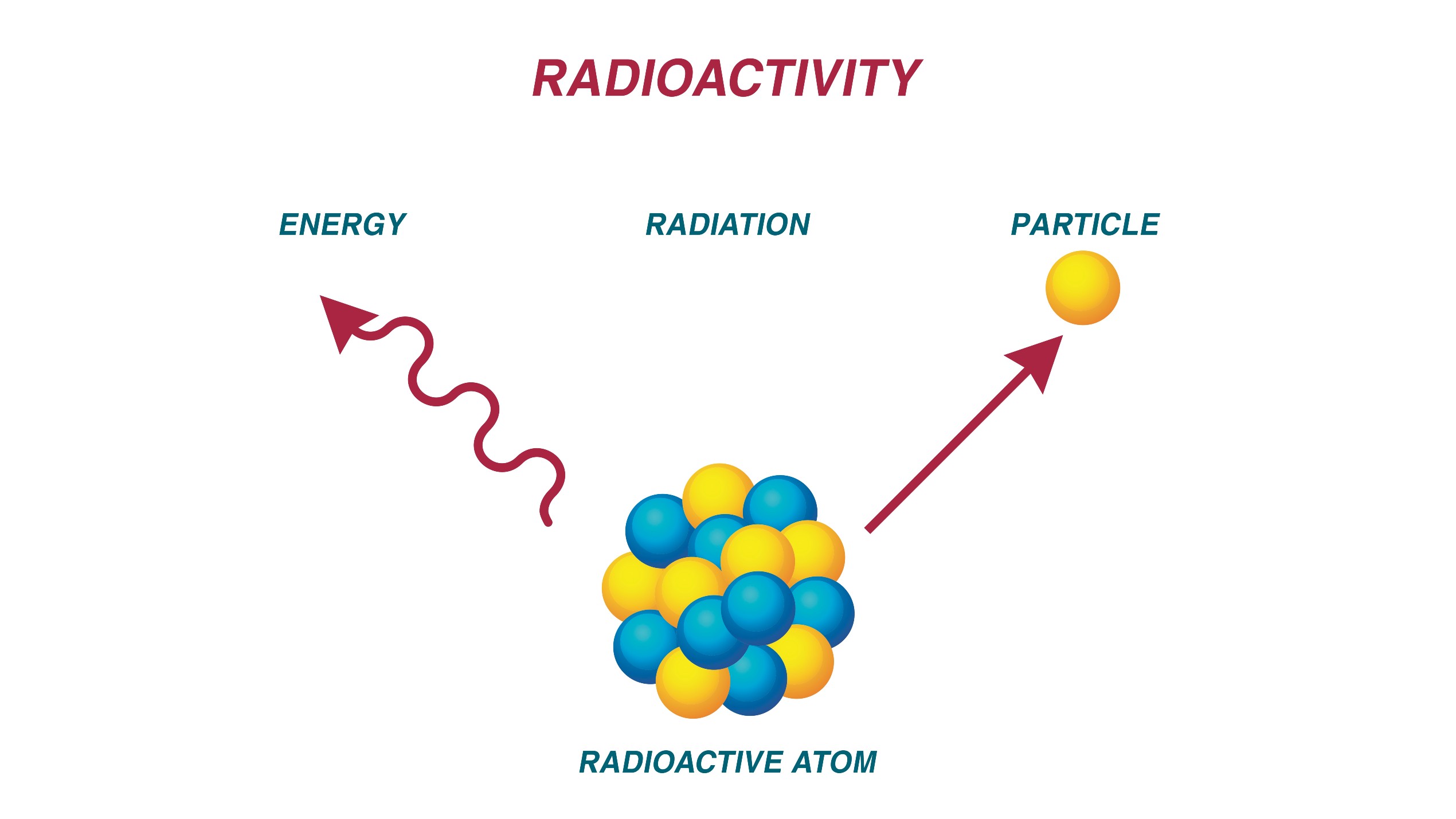
How radioactive is the human body?
Many radioactive isotopes occur naturally in the environment around us.

A lifetime of reading comic books and watching Hollywood blockbusters may make some of us believe that radiation is a rare and dangerous thing that turns people either into superheroes or deformed monsters. In reality, though, radiation is all around us, all the time, even within our own bodies.
But what, exactly, is radiation, and how much of it is in our bodies?
Radiation encompasses many processes — all of which look different to us. Fundamentally, it's when an object, like the sun, emits energy through particles or waves. But when many of us refer to "radiation," we're referring to particularly high-energy waves, such as gamma-rays, and high-energy particles emitted by radioactive atoms like uranium atoms. High-energy waves and particles are dangerous to living organisms and can damage cells exposed to them.
Related: Is it safe to stand in front of microwave ovens?
Moreover, all elements on the periodic table have isotopes, or forms of the same element that contain different numbers of neutrons in their nuclei. Some isotopes are stable, but others are unstable, meaning they're radioactive and release high-energy waves or particles, according to the U.S. Department of Energy. What's more, some elements, such as uranium, exist only in an unstable form.
Many isotopes and radioactive elements occur naturally in the environment, where they get into plants and water. So, every time a person eats food or drinks water, they may be imbibing tiny amounts of radioactive isotopes. The biggest sources of radiation in our bodies are trace amounts of carbon 14 and potassium 40, said Mike Short, an associate professor of nuclear science and engineering at MIT. Though these isotopes make up most of our body's radiation, we take in only about 0.39 milligrams of potassium 40 and 1.8 nanograms of carbon 14 a day. The amount of radioactivity caused by isotopes inside the human body is comparable to 1% of the radiation dose people would get on a flight from Boston to Tokyo, Short said.
"Most of these radioisotopes make their way into our bodies through the food we eat, the water we drink and the air we breathe," Short told Live Science. Some foods have higher concentrations of radioactive isotopes — like bananas, which contain a small amount of potassium 40, and Brazil nuts, which contain radium. Of course, the amounts of these foods an average person consumes does not significantly increase radiation-related health risks, according to the U.S. Environmental Protection Agency.
Sign up for the Live Science daily newsletter now
Get the world’s most fascinating discoveries delivered straight to your inbox.
Other environmental factors can lead the human body to become far more radioactive. "For example, people who live in unventilated basements with large amounts of granite, bearing lots of radium, absorb much more radon and associated daughter isotopes," or the products created when a radioactive atom decays, Short said. (Radon is a radioactive, odorless gas that occurs naturally in the environment.)
In 1984, Stanley Watras, a radiation worker in Pennsylvania, unexpectedly set off an alarm that detected people's exposure to radiation. Safety personnel were puzzled to find that Watras was not physically carrying any sources of radiation, but it was later discovered that his body had absorbed huge amounts of radon gas from his basement — which he was told significantly increased his risk of lung cancer.
Related: Why do nuclear bombs form mushroom clouds?

Short said that the radioactive isotopes humans take in are created through different processes. Potassium 40, for instance, is a "primordial nuclide," meaning it has existed in its current form since before Earth's genesis. Primordial nuclides take so long to break down, or decay, that they are essentially the same today as they were at their creation in stars or in the Big Bang.
"All potassium contains 0.011% potassium 40 naturally, so it's all around us and unavoidable," Short said. "We evolved in a radioactive environment, including ubiquitous potassium 40 from the creation of the solar system."
Radioactive isotopes, like carbon 14 and a hydrogen isotope known as tritium, are the "daughter" products of heavier elements decaying. When heavier nuclei, like those of uranium atoms, break apart because they are unstable, the constituent parts they break into are often other isotopes.
Of note, stable isotopes are held together by the strong force, a fundamental force that binds protons and neutrons together. But as a nucleus gets bigger, the strong force may be overcome by forces that drive protons and neutrons apart — like the electrostatic repulsion between protons. When nuclei decay into smaller nuclei, they emit high-energy particles or high-energy energy waves, which is where radiation originates.
Some isotopes that people absorb may be in the environment because of human activities. "Atmospheric testing of nuclear weapons in the 50s and 60s produced small amounts of strontium 90, and Fukushima and Chernobyl released some cesium 137 and cesium 134," Short said, "though most of the latter has already decayed away."
Originally published on Live Science.

Jacklin Kwan is a freelance journalist based in the United Kingdom who primarily covers science and technology stories. She graduated with a master's degree in physics from the University of Manchester, and received a Gold-Standard NCTJ diploma in Multimedia Journalism in 2021. Jacklin has written for Wired UK, Current Affairs and Science for the People.










